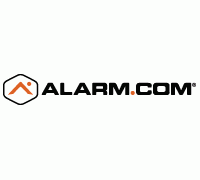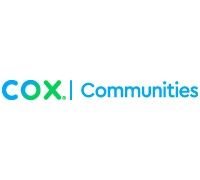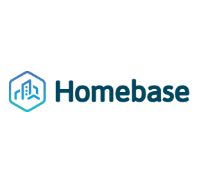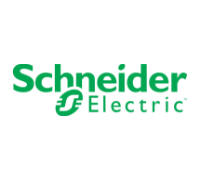Friday, May 22, 2015
Implications of New Devices Entering the Home: Increasing Technical Problems
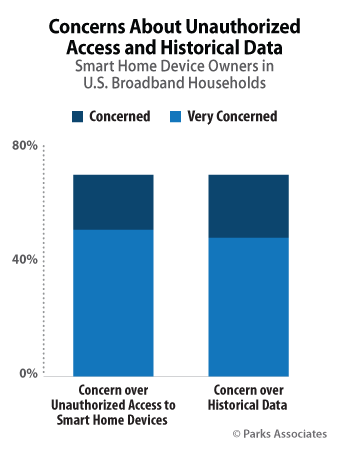 New categories of connected devices entering broadband households present both a challenge and an opportunity for technical support services. The increase in the number of devices and the added complexity of devices are challenging brands’ ability to provide unwavering support to customers. However, providing exceptional support can be a differentiator for a brand and gives the brand an opportunity to build customer loyalty. In the context of the emerging IoT space, effective support services can minimize current and anticipated challenges of IoT growth and promote device adoption.
New categories of connected devices entering broadband households present both a challenge and an opportunity for technical support services. The increase in the number of devices and the added complexity of devices are challenging brands’ ability to provide unwavering support to customers. However, providing exceptional support can be a differentiator for a brand and gives the brand an opportunity to build customer loyalty. In the context of the emerging IoT space, effective support services can minimize current and anticipated challenges of IoT growth and promote device adoption.
Broadband households in the U.S. are embracing new connected devices, resulting in rapidly expanding home networks. Having more devices in the home directly correlates with an increasing need for support. In 2014, broadband households with 10 or fewer connected devices report experiencing an average of 1.2 technical problems over a 12-month period. Those with 11-20 devices experience 60% more problems over the same period.
The technical problems consumers encounter with connected devices fall under four main categories:
-
Device-related Problems – Device problems refer to technical glitches that affect the core functioning of a device. The likelihood of experiencing device-related problems declines significantly during the early stages of market adoption. Manufacturers, therefore, have a vested interest in keeping product failure rates at a minimum in order to remain resolute in the market.
-
Performance and Quality – Performance and quality problems occur when devices do not perform optimally or to the standard that is expected or promised. Performance problems persist throughout later stages of the device lifecycle because third-party factors, such as how the devices is being used, affect its performance.
-
Connectivity and Interoperability – Connectivity-related support requests involve difficulties getting and maintaining connections to broadband networks. A lack of standardization across players in the connected device space suggests that connectivity and interoperability problems will persist at relatively high levels throughout the different stages of market adoption.
-
Enablement and Maximization – Enablement, or how-to support requests, persist throughout all stages of market adoption. Enablement requests start out as the need for assistance with the basic functionality of the device, then evolve into requests that seek to maximize the functionality of the device.
Although smart home devices are barely into the early adopter stage of market penetration, consumers are already experiencing fewer problems with these devices than previous innovations. In 2014, 39% of smart home device owners reported experiencing problems with various smart home devices over a 12-month period, with approximately 10% experiencing more than one problem with each device.
Learn more about the implications for technical support providers in the expanding IoT ecosystem in Parks Associates 1Q 2015 industry report Tech Support: Meeting IoT Demands.
Further Reading:
Next: Complimentary Webcast: Evolving Today’s Video Offerings with Cloud DVR
Previous: PEQ Reinvents Home Security With Latest App Release, Including Support for the Apple Watch
Comments
Post a Comment




 New categories of connected devices entering broadband households present both a challenge and an opportunity for technical support services. The increase in the number of devices and the added complexity of devices are challenging brands’ ability to provide unwavering support to customers. However, providing exceptional support can be a differentiator for a brand and gives the brand an opportunity to build customer loyalty. In the context of the emerging IoT space, effective support services can minimize current and anticipated challenges of IoT growth and promote device adoption.
New categories of connected devices entering broadband households present both a challenge and an opportunity for technical support services. The increase in the number of devices and the added complexity of devices are challenging brands’ ability to provide unwavering support to customers. However, providing exceptional support can be a differentiator for a brand and gives the brand an opportunity to build customer loyalty. In the context of the emerging IoT space, effective support services can minimize current and anticipated challenges of IoT growth and promote device adoption.

